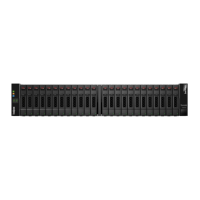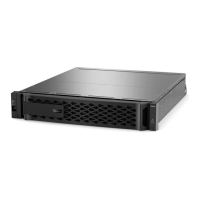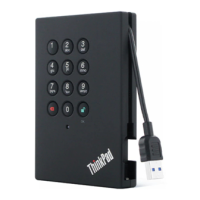a. From the ThinkSystem System Manager GUI, go to Storage ➙ Volumes, and then select
More ➙ Change ownership.
b. On the Change Volume Ownership dialog box, use the Preferred Owner pull-down to select
the other controller for one of the volumes in the list, and then confirm the operation.
c. Verify that you can still access the files on the LUN.
> dir f:\
Step 4. Find the target ID.
Note: The dsmUtil utility is case sensitive.
> C:\Program Files (x86)\DSMDrivers\mppdsm\dsmUtil.exe -a
Step 5. View the paths to the LUN and verify that you have the expected number of paths. In the <target
ID> portion of the command, use the target ID that you found in the previous step.
> C:\Program Files (x86)\DSMDrivers\mppdsm\dsmUtil.exe –g <target ID>
VMware express configuration
This chapter describes how to configure a VMware-based host using the express configuration method.
Deciding whether to use this Express method
The express method for installing your storage array and accessing ThinkSystem System Manager is
appropriate for setting up a standalone VMware host to a DE Series storage system. It is designed to get the
storage system up and running as quickly as possible with minimal decision points.
The express method includes the following steps:
1. Setting up one of the following communication environments:
• Fibre Channel (FC)
• iSCSI
• SAS
2. Creating logical volumes on the storage array and assigning a logical unit number (LUN) to each volume.
3. Making the volume LUNs available to the data host.
This guide is based on the following assumptions:
Component Assumptions
Hardware
• You have used the Installation and Setup Instructions included with the controller shelves
to install the hardware.
• You have connected cables between the optional drive shelves and the array controllers.
• You have applied power to the storage array.
• You have installed all other hardware (for example, management station, switches) and
made the necessary connections.
Host
• You have made a connection between the storage array and the data host.
• You have installed the host operating system.
• You are not using Windows as a virtualized guest.
• You are not configuring the data (I/O attached) host to boot from SAN.
Chapter 2. System setup and configuration 49

